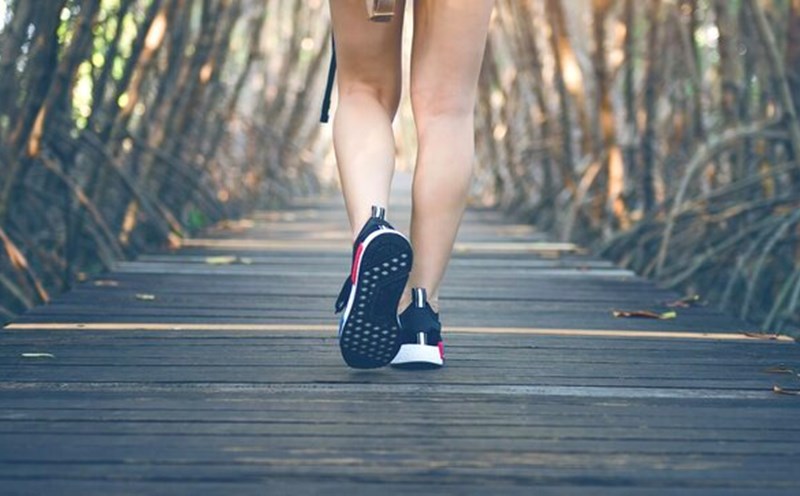Walking has long been considered a simple but highly effective form of exercise. However, not only maintaining walking habits but walking speed is a key factor affecting long-term mobility. Sports expert Akshit Khatri from Sharda University (India) shared with Only my health that brisk walking not only helps burn calories but also helps improve overall health, especially mobility.
A study published in the Gait & Posture Journal in 2021 showed that brisk walkers tend to have stronger muscles, more flexible joints, and better balance than slow walkers. Increasing your walking speed helps activate the muscle groups in your legs, hips, and abdomen parts that directly support your bodys movement and posture. At the same time, brisk walking increases heart rate, improves blood circulation, thereby reducing stiffness and making the body more flexible over time.
Outstanding benefits of walking faster
Strengthen muscles and joints: When walking briskly, major muscle groups such as the leg, glutes and core are activated more strongly, helping to maintain strength and improve posture.
Improve cardiovascular health: Higher walking speed increases heart rate, thereby increasing blood circulation to muscles and joints, reducing stiffness.
Developing balance: Maintaining a high speed requires better coordination and balance, thereby reducing the risk of falls, especially in the elderly.
Increase range of motion: Stretching your legs wider when walking quickly helps move your hips, knees and ankles more flexibly.
brain stimulation: Brisk walking can activate brain regions involved in planning and spatial awareness, supporting safe movement.
Is brisk walking suitable for everyone?
According to expert Akshit Khatri, brisk walking is not always suitable for everyone. In particular, for people with joint problems, prolonged pain or susceptible to imbalance, going too fast can cause injuries. Instead, start at a slow pace, then gradually increase as much as possible.
How to increase safe walking speed
Warm up for 510 minutes before going quickly.
Hold the correct posture: straight back, natural swings.
Step quickly, short, instead of spreading your steps away.
Walk in between stretches: slow and fast.
Listen to your body and stop when you feel dizzy or pain.








